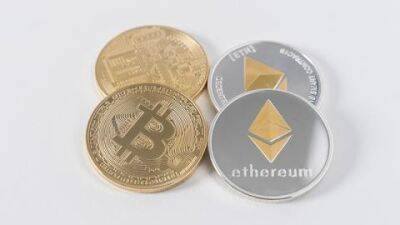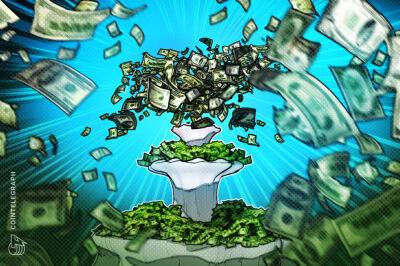Crypto’s future is in the regulated banking system
After hitting all-time highs in 2021, cryptocurrency prices haven’t found a definitive floor. And the appeal of crypto’s promise to reinvent money has also reached its limit in a very niche audience. To attract a bigger, more mainstream user base, the new technology’s advocates will have to completely overhaul how they promote it.
Imagine your cousin, your dentist or someone else you know who is the least likely to experiment with money or technology. I think about my mother. She’s never going to use a Bitcoin wallet at Coinbase or open a savings account in USDC, a digital stablecoin pegged to the dollar. She’ll never want a nonfungible token for a digital collectible on Tom Brady’s Autograph network. But she might be willing to verify her identity at her mortgage lender’s website if it allowed her to speed up the process for buying a house. And if that digital identification process was powered by the blockchain technology that underlies crypto, she wouldn’t even have to know.
Most people are like her: They have no interest in any new technology unless it can help them do things more quickly, more cheaply and more safely. That’s why iTunes was a winner. That’s why Amazon. com is a juggernaut. That’s why Netflix gained so many adherents. And that’s why payment apps such as Zelle and Venmo have mass appeal.
The trouble with crypto so far—in addition to its volatility, the scams and the failures of untested intermediaries—is that a lot of the problems it claims to solve have already been solved. We can already send digital payments or set up online savings accounts. And we can do it with the same currency we use to pay our taxes and make cash transactions. So why do we really need cryptocurrency?
Let’s go back to where it
Read more on livemint.com





















